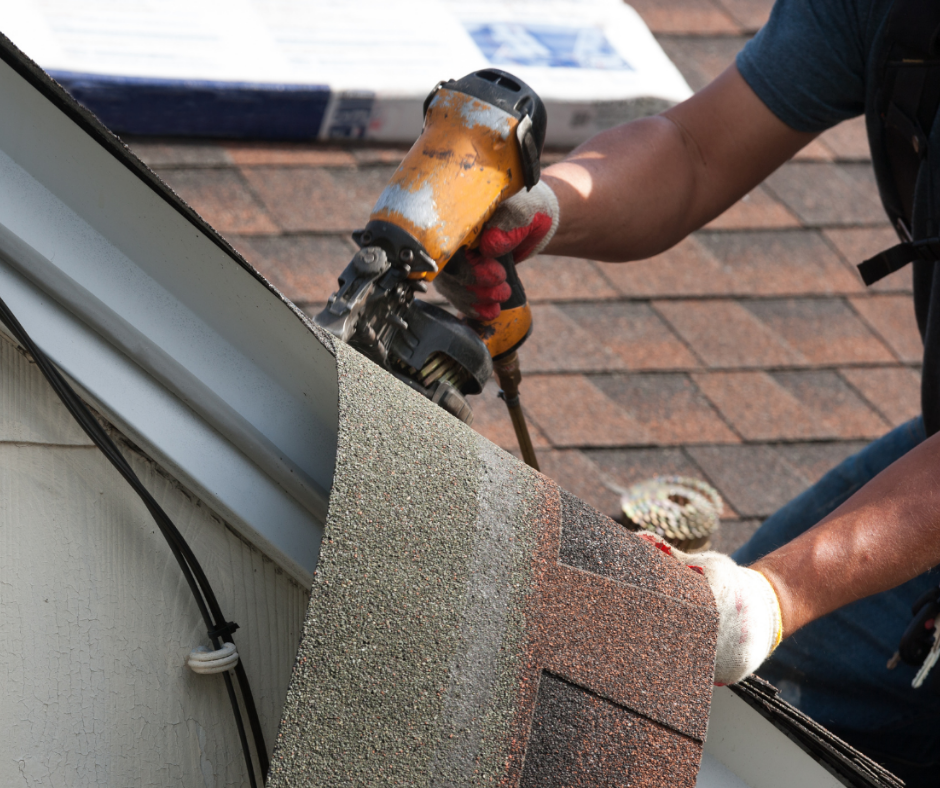Your roof is a vital investment in the safety and well-being of your home. When the time comes for a roof replacement, it’s crucial to understand the process and what to expect during installation.
While hiring a reputable roofing contractor is essential, being informed about the steps involved will give you peace of mind and help ensure a smooth project.
Hence, the reason for this article.
Initial Inspection and Assessment
The very first step in the roofing process is a comprehensive inspection and assessment of your existing roof by a professional roofing contractor. They will carefully examine the condition of your shingles or other roofing material, paying close attention to any signs of damage, wear and tear, or leaks.
The contractor will also inspect the underlying roof structure for any underlying issues and determine whether a simple repair will suffice or if a complete replacement is necessary. This initial inspection is the foundation for the entire project.
Material Selection
Choosing the right roofing material is a significant decision that will impact the aesthetics, longevity, and cost of your project. Your roofing contractor will present you with several options based on your budget, your home’s style, regional climate conditions, and your personal preferences. Here are some of the most common roofing materials:
- Asphalt Shingles: Asphalt shingles are the most popular choice due to their affordability and wide range of colors and styles to complement different home designs.
- Metal Roofing: Metal roofs offer superior durability, longevity, and energy efficiency compared to many other options, though they can be more costly upfront.
- Tile Roofing: Tile roofs add classic beauty to a home and are highly resistant to weather elements but come with a higher price tag.
- Slate Roofing: Slate is an extremely durable natural material offering exceptional longevity, making it a premium choice but also one of the most expensive options.
Preparation and Old Roof Removal (If Required)
Before the installation of the new roof begins, the contractors will take measures to protect your property. This includes covering landscaping, outdoor furniture, and other elements around your home with tarps. They’ll also ensure accessibility for the roofing crew and their equipment.
If you are getting a complete roof replacement, the next step is removing the old roofing material. Roofers will carefully tear off the old shingles, underlayment, and any damaged flashing, ensuring proper disposal.
Roof Deck Inspection and Repairs
Once the old roof is removed, the contractor will thoroughly inspect the underlying structure, known as the roof deck. They will check for any signs of rot, water damage, or other issues that need to be addressed before the new roof system is installed. Decaying or compromised sections of the deck might need replacement. Any necessary repairs will be made at this stage to ensure a solid and secure foundation for your new roof.
Installation of New Roofing Materials
Now comes the exciting part—installing the new roof! Here’s what you can expect:
- Underlayment Installation: Underlayment is a vital layer of protection that sits between your roof deck and the shingles. It acts as a secondary barrier against moisture, preventing leaks and protecting the structural integrity of your roof. Synthetic underlayment is a popular choice for its durability and water resistance.
- Flashing Installation: Along with underlayment, roofers will install flashing around critical areas of your roof, such as chimneys, vents, skylights, and roof valleys. Flashing helps to direct water away from these vulnerable points, preventing leaks and potential water damage.
- Shingle (or Roofing Material) Installation: Now it’s time for the main event! Starting from the bottom edge of the roof, your contractor will install the shingles or other roofing material in overlapping courses, ensuring proper alignment and secure fastening according to the manufacturer’s instructions. They’ll pay close attention to detail, especially around penetrations and transitions on the roof.
- Ridge Cap and Hip Shingle Installation: The ridge cap and hip shingles provide a finishing touch and extra protection along the peaks and hips of your roof.
Cleanup and Final Inspection
Once your new roof is installed, the roofing crew will conduct a thorough cleanup of your property. They’ll utilize magnetic tools to pick up loose nails and dispose of debris, leaving your yard looking as good as it did before the work began. A final inspection by the contractor, and sometimes with your presence, will be conducted to ensure everything has been installed correctly and meets the highest quality standards.
Important Considerations
- Permits: In many areas, a permit is required for roof replacements. Your roofing contractor will typically handle obtaining the necessary permits.
- Weather: Roofing projects are weather-dependent, so be prepared for potential delays due to rain or other inclement weather conditions.
- Noise: Replacing your roof can be a noisy process. Be mentally prepared for the sounds of hammering, sawing, and other construction activities for the duration of the project.
Conclusion
Roof replacement can seem daunting, but understanding the process and choosing a reputable roofing company can make the experience less stressful. A new roof is a significant investment that can improve your home’s energy efficiency, add value, and protect your loved ones.
If you need further guidance or expert advice on any roofing project, make sure to check out Roofpro. We are a trusted resource for homeowners and have everything you need for successful roofing projects. Roofpro offers helpful information and a wide range of roofing materials and services.


